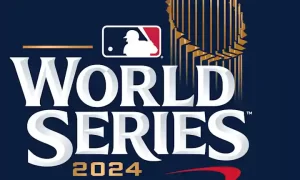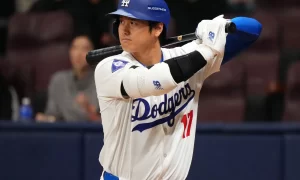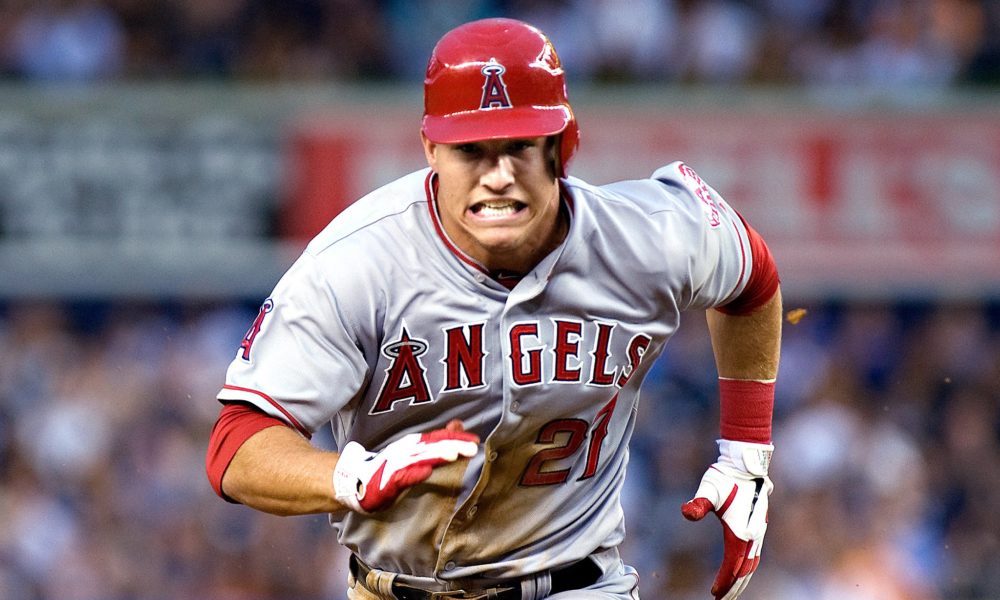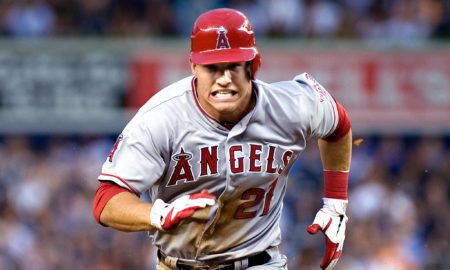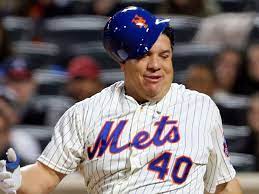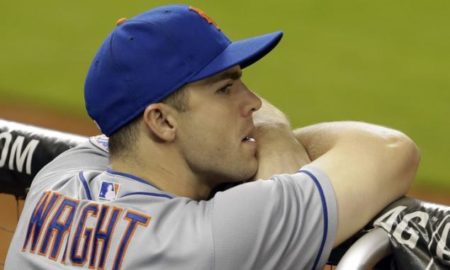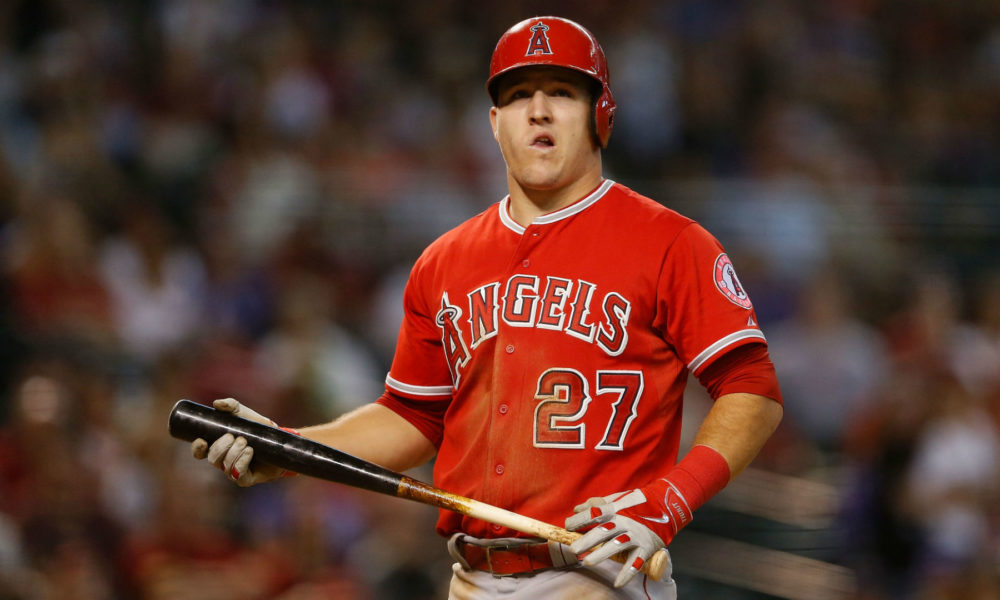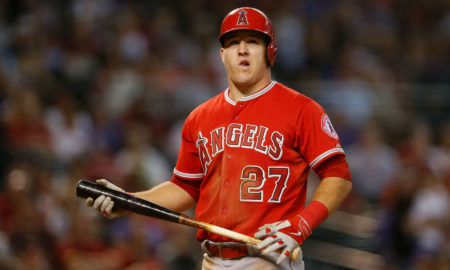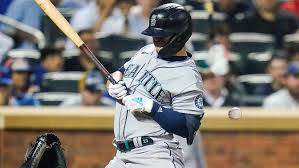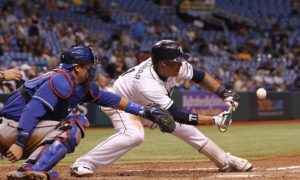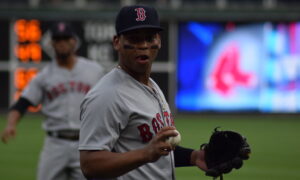The Reds and Rockies Swap of Former First Rounders Could Mean More Than You Think
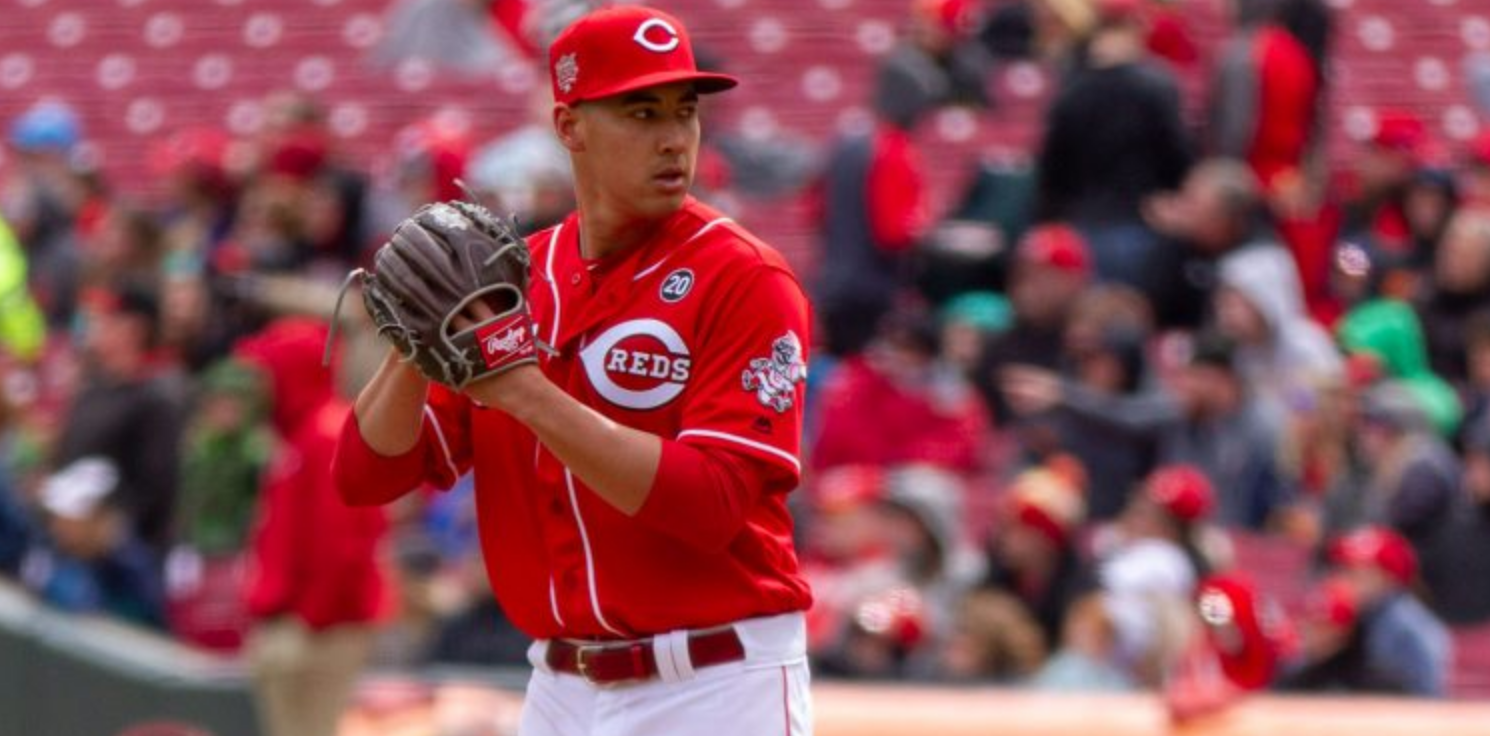
On November 25th, 2020, on the unofficial holiday that is Thanksgiving Eve, the Reds and Rockies consummated a relatively quiet trade.
“Sources: Reds acquiring Jeff Hoffman and Case Williams from the Rockies for Robert Stephenson and Jameson Hannah.”
— Robert Murray (@ByRobertMurray) November 25, 2020
Hoffman and Stephenson, who will be our focus, were the MLB portions of the trade with Hannah and Williams being prospect filler for the most part (respectfully).
On the surface, this is a relatively uninteresting trade of two underperforming former first rounders turned relievers, and personally even I wasn’t all that interested either until I dug (much) deeper.
Stephenson and Hoffman have taken eerily similar career paths.
Both 27 years old.
Both former 1st round picks.
Both debuted in 2016.
Both starters turned relievers due to command issues, ineffectiveness, or both.
Both have also thrown 200+ unimpressive MLB Innings.
Strange, but with these factors, the analysis is fairly straight forward from a calculations perspective. So let’s dive in.
Career ERAs:
Stephenson: 5.15
Hoffman: 6.40
Not quite what the GMs hoped on draft day.
However, this is not an article about the shortcomings of 2 men who throw harder than 99.99% of anyone who has ever lived. This is more about what the Reds may have seen in Hoffman, and why giving up what they had in Stephenson is well worth it.
Robert Stephenson
Let’s start with Stephenson. His ERA is mostly inflated by the first 3 years of his career, when he was deployed mostly as a starter. He was converted to a full time reliever in 2019, and the Reds turned him into a slider machine. He threw his Slider over 65% of the time, more than double his fastball usage. This resulted in 64.2 Innings of 3.76 ERA/3.63 FIP ball with 81 Ks. Batters had a .634 OPS against him. Score this as a win for the new Reds development team. He was dominant.
2020 was a disaster (as it was for most people) marred by injury and ineffectiveness. However, a 10 inning sample is flukey so we’ll discard it as most of his metrics remained the same and there was not a meaningful velocity dip.
In sum, Stephenson not only has solid traditional peripherals, but his Statcast Rankings were phenomenal as well.
The data below is based on Stephenson’s rankings among his peers in 2019.
Understanding the stats: Stephenson was in the 99 percentile of Whiff %, meaning that he was in the top 1% of pitchers in terms of whiff rate. This is good.
Please note all the areas in which Stephenson was in the 90th percentile or better.
Metric Percentile Rank
| Exit Velocity | 81% |
| xERA | 96% |
| Barrel % | 84% |
| Whiff % | 99% |
| Hard Hit % | 98% |
| xBA | 94% |
| K% | 88% |
| Fastball Velocity | 78% |
| BB % | 32% |
| xSLG | 96% |
| Fastball Spin Rate | 86% |
*2019 Statistics*
This chart reinforces that Stephenson was very very good in 2019, even as he continued to walk a ton of people, as his BB% shows. He had finally found his niche and was living up to his 1st round pedigree, 9 years after the fact. Stephenson walks to many people to be a starter but he is a good reliever with a chance to be very good. A valuable player for any roster.
Jeff Hoffman
Now onto Hoffman, who has yet to have sustained success in the big leagues whether starting or in relief.
As a Starter: 191 IP – 5.80 ERA
As a Reliever: 39.2 IP – 9.30 ERA
Bad
Home (Colorado): 7.58 ERA
Away: 4.86 ERA
Bad but Explainable
| .AVG | OBP | SLG | wOBA | |
| Vs. LHH: | .269 | .340 | .469 | .340 |
| Vs. RHH: | .313 | .396 | .598 | .411 |
Very Very Bad
These numbers are terrible, mediocre at best. As I dug into these stats it became harder to understand the trade. It was hard to find a light in the tunnel for Hoffman’s performance anywhere. Even his strikeout rate was below league average.
So I thought, maybe this was just a long run of bad luck and Coors Field Voodoo wrecking havoc on a young pitcher. Statcast quickly proved that wrong.
Metric Percentile Rank
| Exit Velocity | 1% |
| xERA | 13% |
| Barrel % | 19% |
| Whiff % | 19% |
| Hard Hit % | 1% |
| xBA | 4% |
| K% | 23% |
| Fastball Velocity | 71% |
| BB % | 49% |
| xSLG | 13% |
| Fastball Spin Rate | 82% |
This is where I almost stopped writing the article. If Stephenson had an evil, not so good doppelganger, this is what his metrics would look like.
But there are 2 slight glimmers of hope.
Despite being in the pitcher’s hell that is Colorado, Hoffman has kept a very good spin on his fastball. The MLB average spin rate is 2,260 RPMs. Hoffman’s sits at 94.4 MPH and 2425 RPM.
The glimmer is becoming brighter.
Hoffman’s curveball (2541 RPMs) actually spins more than his fastball. Couple that with 9 inches of vertical break and that is a pretty nasty pitch.
This is where I started to see the vision I believe the Reds have for Hoffman.
For perspective, Kershaw’s HOF, knee buckling curveball clocks in at about 74 MPH and breaks 9 inches vertically and spins at about 2400-2500 RPM.
Hoffman throws his curveball at about 77mph, also has 9 inches of vertical movement and spins at 2500+ RPM.
In layman’s terms, Hoffman’s curveball is faster than Kershaw’s, breaks as much and spins more. Tunneling that pitch with the fastball, Hoffman has all the makings of being at least a serviceable reliever with a good 2 pitch mix.
He hasn’t thrown a slider since 2019, and while it got destroyed (like the rest of his repertoire), it has an almost identical spin rate to his fastball. That doesn’t mean it will automatically be a good pitch, but I have to imagine that it can be league average when used correctly and tunneled due to the fact it spins at the same rate as his other two pitches.
Hoffman’s pitch mix is basically what pitching coaches salivate at today, being able to tunnel the high spin fastball with the high spin curveball.
So what I believe the Reds saw is that he has a high probability of being at least, Robert Stephenson, albeit with better command.
But as previously mentioned, Hoffman has been MUCH worse in relief over his career. I’m going to attribute that two things:
- The effect of altitude on both breaking balls and batted balls in Colorado.
- The Rockies analytical sophistication
Both of these topics could be their own articles and have been written about profusely in other corners of the internet. But long story short, Hoffman was in a sub-optimal environment to take advantage of his talent for spinning the ball. Now he is headed to “Spincinnati” as some have dubbed the Reds as a nod to their new pitching regime’s preference for high spin pitchers, something that’s a marked improvement over a couple years ago when the Reds had the Worst Pitcher In Baseball History.
After sorting through this information, this acquisition should come as no surprise to anyone who has been following the game in recent years and has seen how pitching has been trending.
The Reds knew what they had in Stephenson, a good yet volatile reliever who’s command could desert him at any moment. Hoffman has the stuff to be as good a reliever as Stephenson but with better command. At worst, the trade is a wash for a similar reliever. At best, they get a pitcher with a promising 2-pitch foundation with potential to start.
A shrewd trade by the Reds front office and one to watch in 2021.

